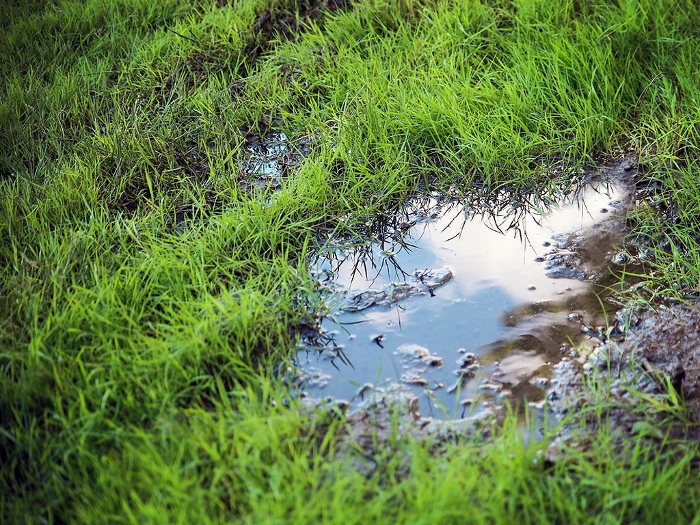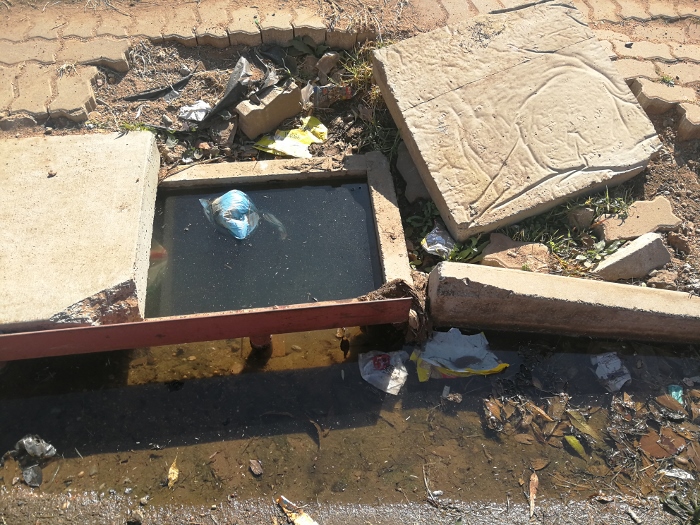No smallholder can be complacent about the water challenges that face all of us. Climate change has increased the risk of drought and flooding. The water infrastructure is aging in many areas and has not been well-managed. There is also a careless attitude amongst many South Africans towards water.
Water warriors will do their civic duty if they see a water leak in their area. Some municipalities have an app for residents to use to report leaks. Otherwise, find the phone number (it’s usually toll free) or email address of the call centre.
Take photos and send them to the call centre, with the details of the locality of the leak. And don’t give up until it is fixed. In a water scarce country every drop counts.
Check for Leaks
A glance at the likes of Rand Water’s Water Wise website will show you the hair-raising number of litres that are wasted through domestic leaks. Even if your water comes from a borehole, it is too precious to waste, so check your smallholding regularly for leaks.
If you receive water from your municipality, monitor your water bill for unusually high use, which can indicate a leak. A leaking or dripping tap can waste between 30 and 60 litres of water a day. That is approximately 1 500 litres a month.
But don’t wait for your next account. Check your water metre ~ usually it’s near the entrance to your property. The metre has a rolling counter (row of numbers) to indicate the amount of water used. Ask everybody in the house not to use any water at all for at least an hour. After half an hour write down the numbers on the counter and check them after another hour has lapsed. If there is a difference between the two readings you probably have a leak.
Fixing leaking or dripping taps can be simple, if you just need to replace a washer. Look on YouTube if you don’t know how to do that. Don’t forget to close the water mains before attempting to fix a leak.
A damaged or leaking garden hose pipe can waste up to 140 litres of water a week, depending on the size of the leak and the scale of damage.
An irrigation system with a serious leak can waste approximately 24 000 litres of water a month.
Leaking toilets

A leaky toilet is one of the most common water challenges. It can waste between 130 and 750 litres of water a day, depending on the cause of the leak ~ 22 500 litres of clean, potable water a month. You can check for leaks in the toilet cistern by dropping a small amount of food colouring or instant coffee into the water in the cistern. If there is a leak, the water in the toilet bowl will show signs of the food colouring or coffee. Similarly, water trickling down the sides of the toilet bowl and sounds of water coming from a toilet that is not in use may indicate a leaking toilet. These types of leaks are usually indicative of faulty or degraded washers or seals. Once again YouTube to the rescue for DIY repairs!
The September edition of the SA Smallholder has an article about how smallholders in the Eastern Cape are surviving in the drought through having harvested rainwater when there was rain.
To read more about water matters, click here. To subscribe to the SA Smallholder online click here.

